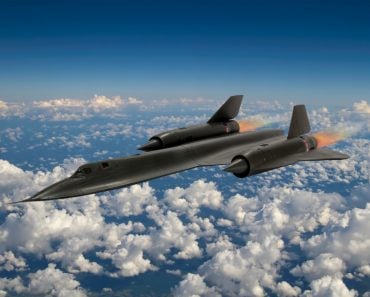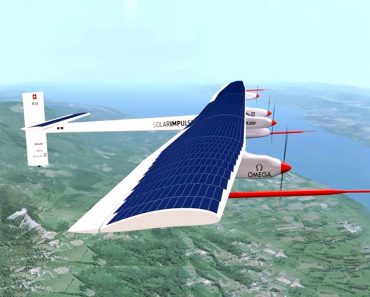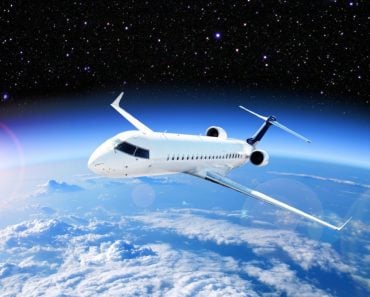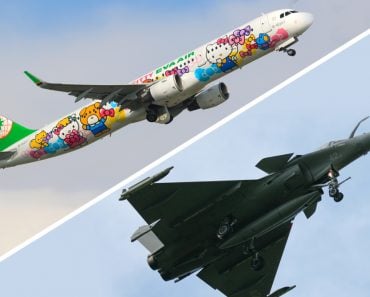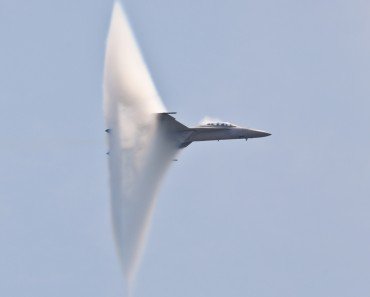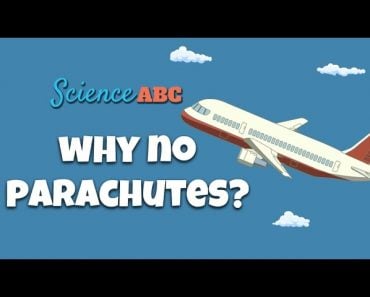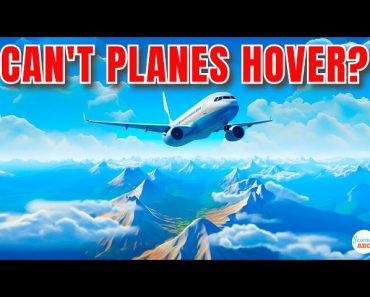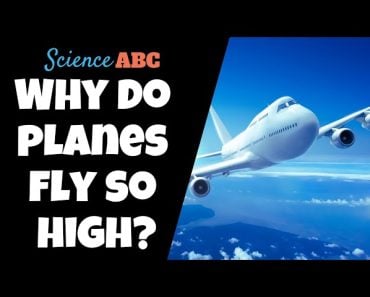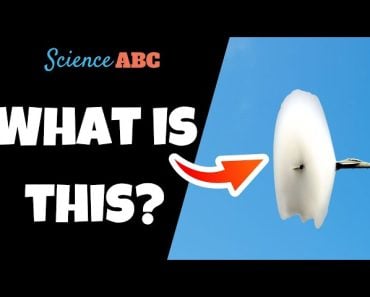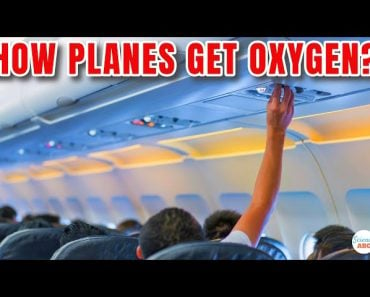Table of Contents (click to expand)
Commercial aircraft have not significantly increased their speed recently due to fuel efficiency. This is because the faster an airplane flies, the more energy it consumes, which results in higher operating costs. Additionally, modern jet engines are designed to be more efficient at lower speeds, so manufacturers prefer slower speeds to save on costs.
As time passes, technology improves. Things tend to become faster, smarter, smaller, lighter, and – in most cases – cheaper! Automobiles have become blazingly fast in the last few decades, as have ships and trains.
However, one of the most common means of transportation, i.e., commercial airplanes, has not seen any improvement in speed. In fact, commercial planes have generally become slower!
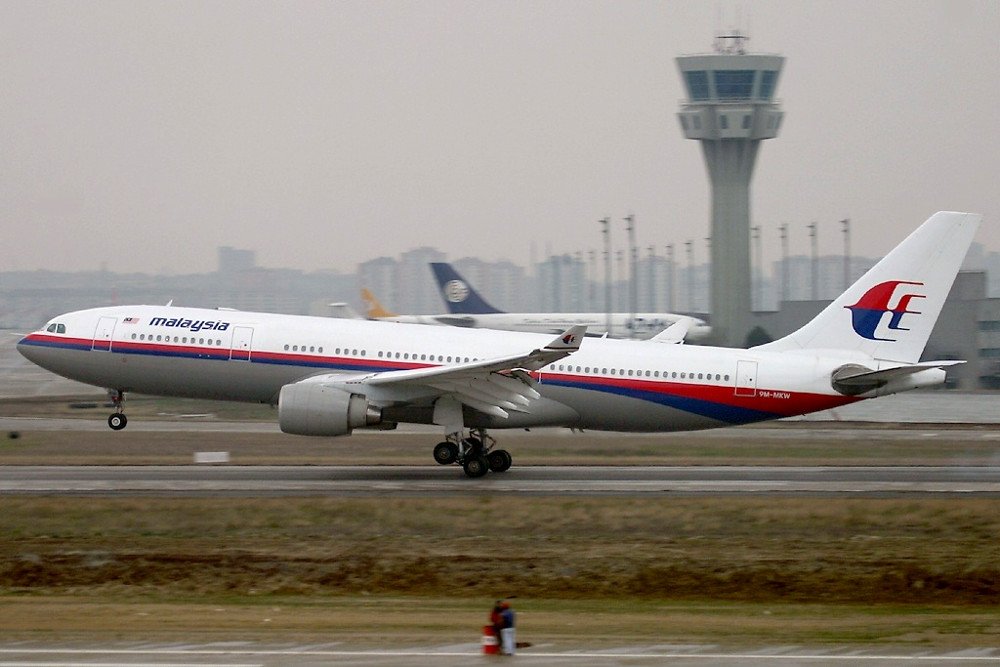
As most, if not all, technological tools have improved significantly in the last couple of decades, it’s not unreasonable to ‘expect’ commercial planes to similarly become faster, is it?
So, why hasn’t commercial air travel sped up at all since the 1960s?
Recommended Video for you:
Fuel Efficiency And Cost
Fuel efficiency is the main reason why commercial airplanes have not become faster in the last few decades, among other factors. For instance, a flight from New York to Denver takes 19 more minutes today than in 1983, and flying from Washington, D.C., to Miami takes 45 more minutes than in 1973 (Source). The fuel cost is one of the primary reasons behind this minor sluggishness in speed.
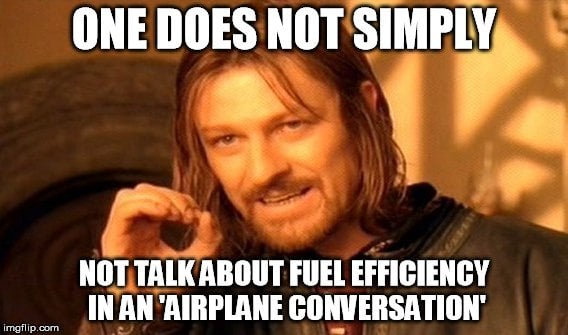
Even if an aircraft’s average speed is increased by 10%, it would consume around 20% more energy. This is because aerodynamic drag is approximately proportional to the square of the speed. Higher speeds mean higher fuel consumption, which, in turn, means higher operating costs.

Moreover, modern air passengers have less incentive to pay more money to travel faster. It’s worth noting that airplane manufacturers can technically produce faster commercial planes, but there isn’t much demand for them outside of military applications. As a result, commercial airplanes continue to fly at basically the same speeds they did 40-50 years ago.
Turbofan Or ‘High-bypass’ Jet Engines
Older jet engines on commercial airplanes had intakes that were less than half as wide and moved less air at higher speeds. However, modern ‘high-bypass’ jet engines with their large-diameter front fans offer various advantages over the older designs.
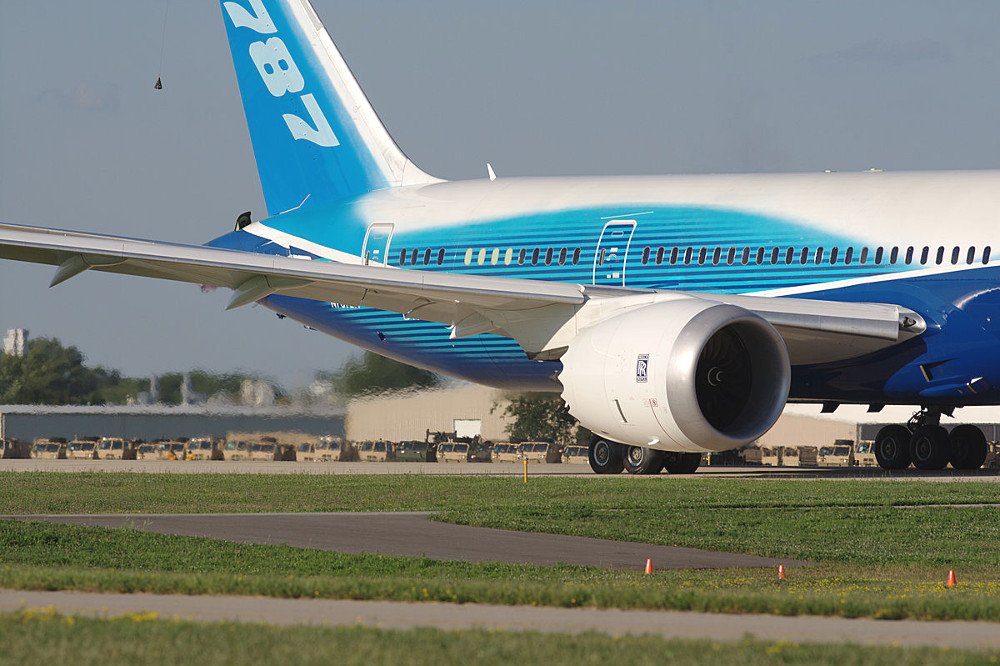
These high-bypass engines are air-breathing engines capable of achieving the same thrust with more air passing through at lower speeds. This is done by routing most of the air (as much as 93% in some variants) around the engine’s turbine instead of passing through it.
According to Mark Drela, an Aeronautics and Astronautics professor, the efficiency of these high-bypass engines peaks at lower speeds, which is why airplane manufacturers favor somewhat slower airplanes. “A slower airplane can also have less wing sweep, which makes it smaller, lighter, and hence less expensive,” says Drela.
Going Faster Than Sound
The Concorde, a British-French turbojet-powered supersonic passenger commercial airplane that operated from 1969 to 2003, had a maximum speed of 1354 mph, which is just over twice the speed of sound!
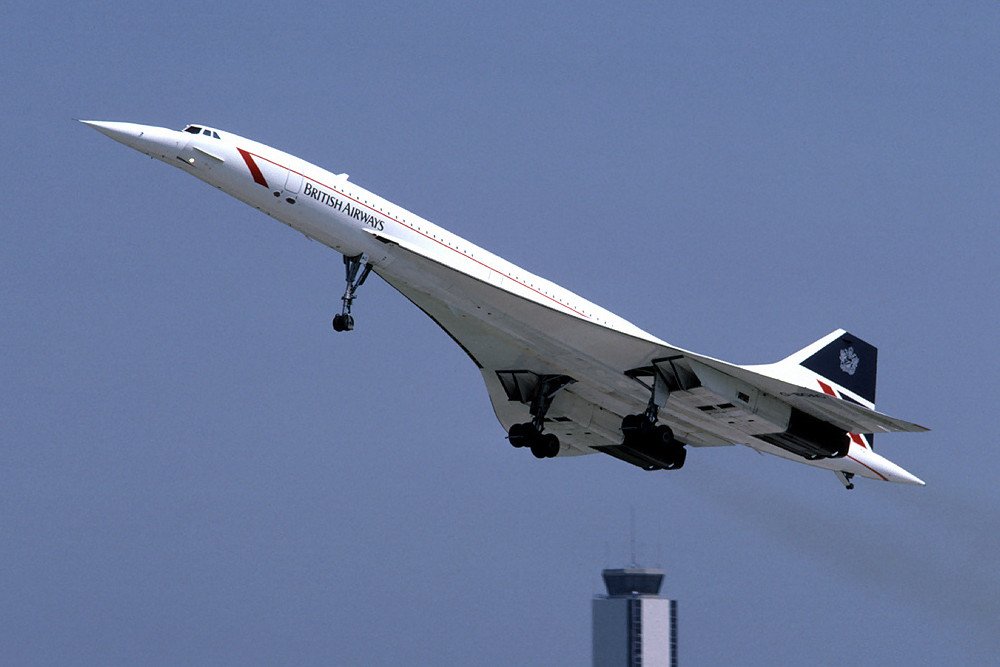
However, the Concorde was a fuel guzzler and consumed around 47 pounds of fuel for every mile it flew. Additionally, it could only accommodate 100 passengers, which meant that its high prices didn’t attract many buyers, leading to failed airline economics.
Basically, the company’s airline economics failed.
Another issue with the Concorde was that it produced a sonic boom when it traveled faster than the speed of sound. Due to this, many governments didn’t allow commercial aircraft that passed over their inhabited territory to produce a sonic boom. As planes become faster, they tend to become more noisy, especially when breaking the sound barrier.
Manufacturers are working on developing commercial aircraft with little to no sound signature. Therefore, in the near future, flights may become faster without causing noise pollution.
Last Updated By: Ashish Tiwari
References (click to expand)
- How The Jet Engine Works.
- PROGRESS IN AIRCRAFT-ENGINE DESIGN.
- Committee on Propulsion and Energy Systems to Reduce Commercial Aviation Carbon Emissions, Aeronautics and Space Engineering Board, Division on Engineering and Physical Sciences, & National Academies of Sciences, Engineering, and Medicine. (2016). Commercial Aircraft Propulsion and Energy Systems Research. []. National Academies Press.
- How does a jet engine work?.


